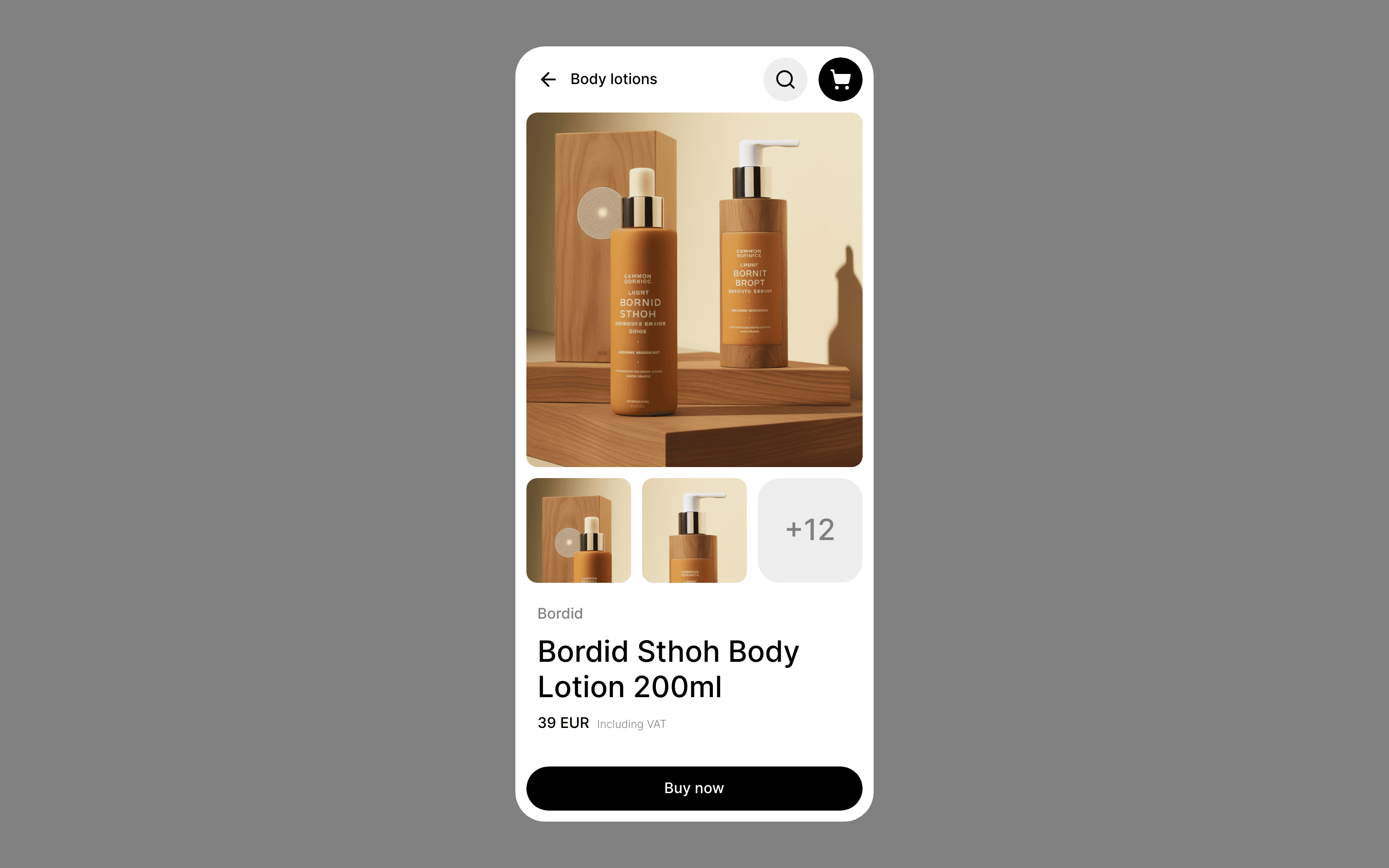Build Design Systems With Penpot Components
Penpot's new component system for building scalable design systems, emphasizing designer-developer collaboration.

Page Laubheimer says that if you’re going to do a sticky header…
Keep it small.Visually contrast it with the rest of the page.If it’s going to move, keep it minimal. (I’d say, respect prefers-reduced-motion.)Consider “partially persistent headers.” (Jemima Abu calls
AI-driven updates, curated by humans and hand-edited for the Prototypr community